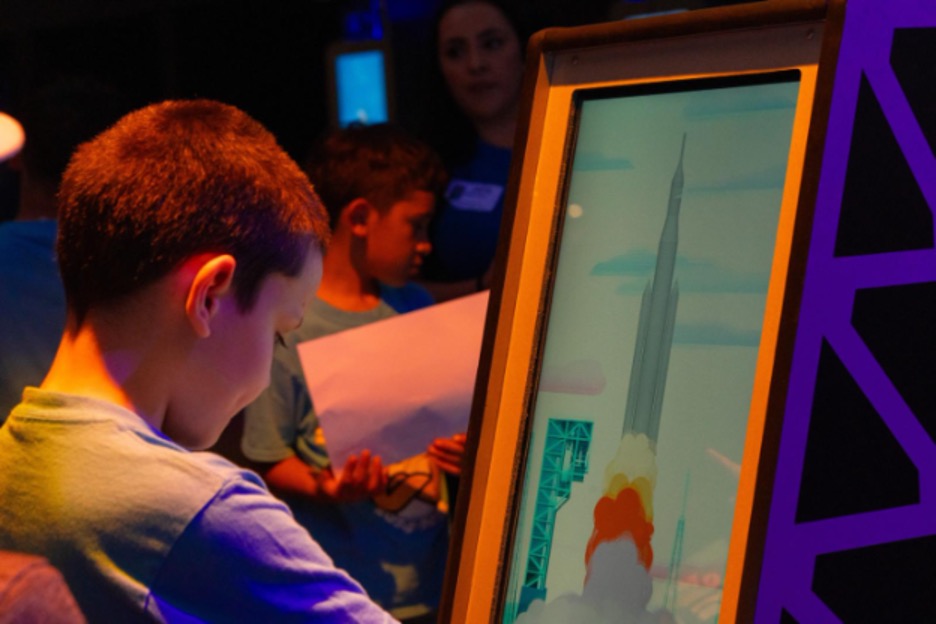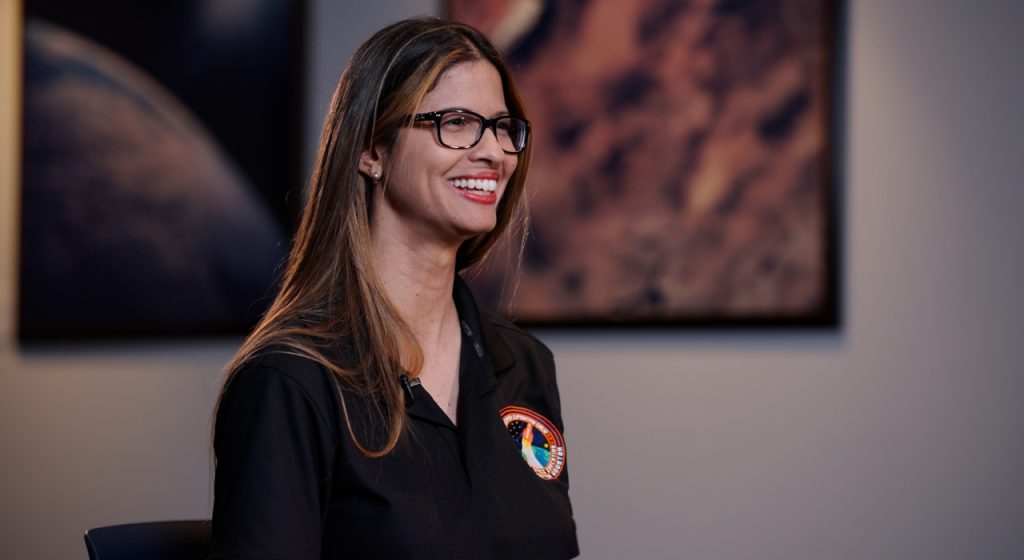NASA’s Lucy is slated to launch this month on a journey unlike any other. The uncrewed spacecraft will travel nearly four billion miles over the course of its 12-year primary mission to investigate Jupiter’s Trojan asteroids.
At a glance
- Launch date: Oct. 16, 2021
- Launch window: Oct. 16, 2021 – Nov. 7, 2021
- Launch site: Cape Canaveral Space Force Station, Florida
- Launch vehicle: Atlas V 401 rocket
- Primary mission duration: 12 years
- Destinations: Seven Trojan Asteroids (Eurybates, Queta, Polymele, Leucus, Orus, Patroclus, and Menoetius) and one Main Belt asteroid (Donaldjohanson)

About the mission
The highly anticipated launch of Lucy is fast approaching. Lucy’s first-of-its-kind mission to journey to the Trojan asteroids will provide clues about how our solar system formed, and the origins of the planets within it.
According to NASA, the Trojan asteroids are “time capsules.” They are what’s left over from the formation of the planets in our solar system, which means they could shed some light on what our early solar system was like, and how it has evolved over time.
Lucy will break records, visiting more asteroids than any other spacecraft. It will journey to one Main Belt asteroid and seven Trojan asteroids split between two swarms, five in the L4 (“leading” Jupiter) swarm, and two in the L5 (“trailing” Jupiter) swarm.
Take a sneak peek at the Lucy mission by checking out the NASA clip below.
Key Dates
- April 20, 2025: First up, the spacecraft will perform a flyby of the Main Belt asteroid Donaldjohanson, named after the paleoanthropologist who found the partial skeleton of 3.2-million-year-old hominid “Lucy,” after which the mission is named.
- Aug. 12, 2027: Lucy will encounter the first two L4 (“leading”) Trojan asteroids, performing a flyby of Eurybates and its satellite, Queta.
- Sept. 15, 2027: Lucy will flyby Polymele.
- April 18, 2028: Lucy will flyby Leucus.
- Nov. 11, 2028: Lucy will flyby Orus, the last of the L4 Trojan asteroids it will investigate.
- March 3, 2033: Lucy will study two L5 (“trailing”) Trojan asteroids, Patroclus, and Menoetius.
Following the observations of Patroclus and Menoetius, Lucy will have concluded its primary mission, and according to NASA, will stay in a stable orbit that will ideally allow the spacecraft to continue visiting the Trojan asteroid clusters for thousands, or even millions, of years.







